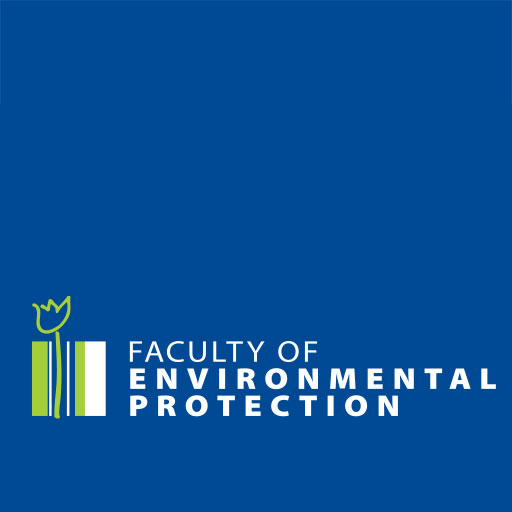Recently, for the first time, a high-quality reference genome sequence of the Northern chamois (Rupicapra rupicapra), specifically its subspecies, the Alpine chamois (R. r. rupicapra), was determined within the European Biodiversity Genomics Europe project. The findings are now publicly available through the publication ERGA-BGE Reference Genome of the Northern Chamois (Rupicapra rupicapra): Europe’s Most Abundant Mountain Ungulate.
Researchers from the Faculty of Environmental Protection, prof. dr. Elena Bužan and prof. r. Boštjan Pokorny, also participated in the study. As representatives of the research team responsible for determining the reference genome, they shared insights in an interview about the Northern chamois, its ecological significance in Alpine environments and local communities, the potential applications of the reference genome, and the importance of collaboration with end users and citizen scientists (such as hunters) to ensure effective conservation and sustainable management of this and other species.
The full interview can be read at:
🔗 Biodiversity Genomics Europe
🔗 ERGA Biodiversity
As part of various research projects, FVO researchers have also captured stunning images of chamois using camera traps in the Gora Oljka area.
